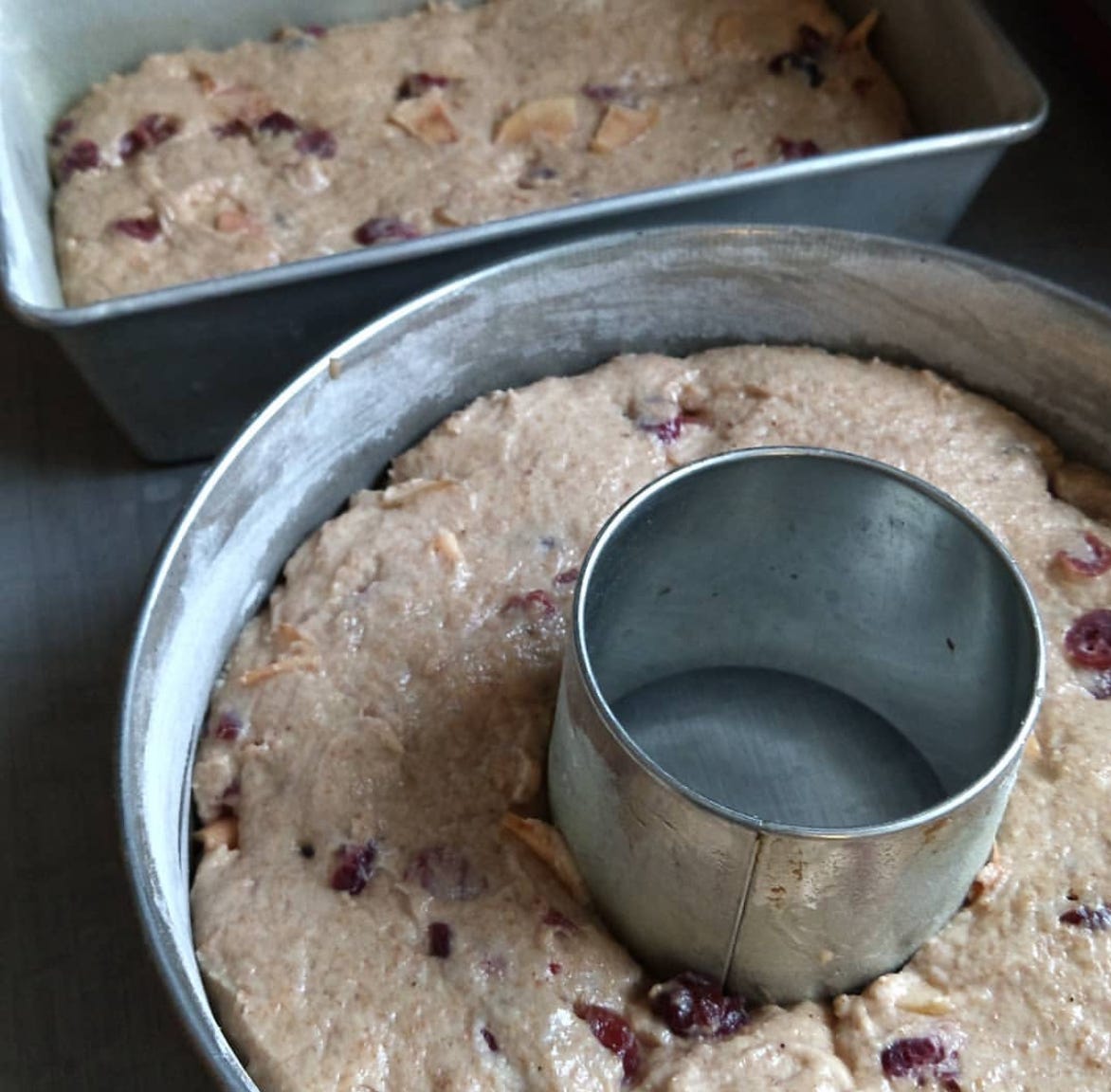
Dear Readers,
Ellie and I made election cake on Friday, and it was a sweet time. I never would have imagined that I could get so much connection out of a remote class, but it happens! This round was very nice because I had a friend here baking with me. I thought I’d post the recipe — in case you need another thing to bake in the next nerve-wracking days.
Election cake was revived before the 2016 election by bakers wanting to bring excitement back to voting. This Bon Appetit article gives a good recap of the efforts, and I learned a surprising thing: that voting day was a major event, even a holiday. Susannah Gebhart & Maia Surdam at OWL Bakery in Asheville took the charge to restore some of that enthusiasm to voting, and “Make America Cake Again.” Richard Miscovich wrote up this recipe and I’m going to make another batch to give to a watch party at the local socialist club.
Election cakes were first called Muster cakes because they were made by innkeepers to feed men who came to get military training at the bidding of the British. Once America became itself, muster cake morphed into election cake. Since women couldn’t vote, baking cakes was a way to participate in the big holiday of voting. These cakes were massive undertakings, as Amelia Simmons’ recipe shows.
I turned to an 1891 version of The White House Cookbook to see what election cake looked like then. My copy has the coolest silver printing, but I can’t get a good picture of it, so I’ll give you the title page, and its frilly typesetting.
I’d like to try my hand at the election cake recipe, but there’s no amount of flour, not even a guesstimate. And “one cup yeast” is pretty abstract!
I had to flip back to the bread section to find some answers.
As you can see, the task of making & keeping yeast was laborious, and many/most American cooks were not keeping a sourdough starter at home. In fact, the author recommended against it!
This made me think of Linda Civitello’s fabulous book, The Baking Powder Wars, which taught me nearly everything I know about leavening. She details the many reasons baking soda and baking powder took off in our country, and I really encourage you to read it because it is such a good primer on American baking.
I found some words of hers that speak to the role of women in the early republic. She notes that “American women cookbook writers were conscious of their identity as free people in a new country. They repeatedly referred to themselves and their cooking as American. They were outspoken about their vision for the new country and the place of food and female cooks in it.”1
Well, dear readers, I hope that our visions for America shine on Tuesday, and I wish you the very best.
Yours, Amy
Civitello, Linda, Baking Powder Wars: The Cutthroat Food Fight that Revolutionized Cooking, 2017, University of Illinois Press.




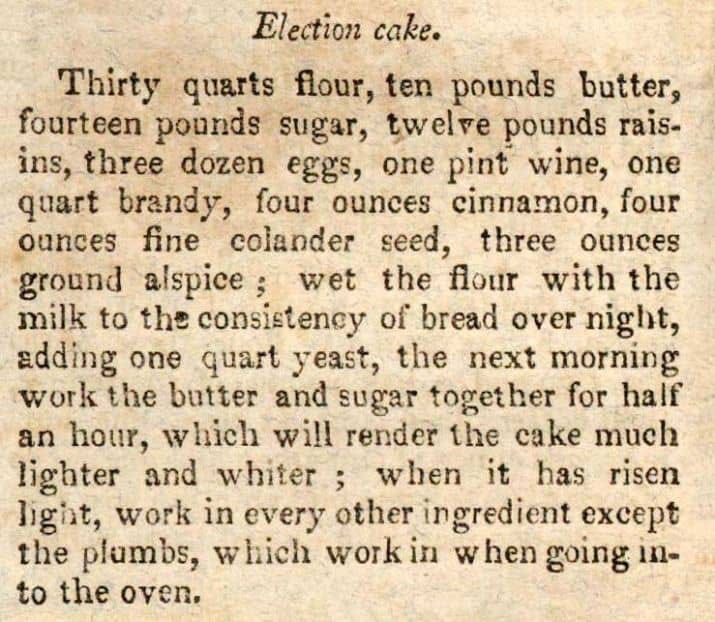
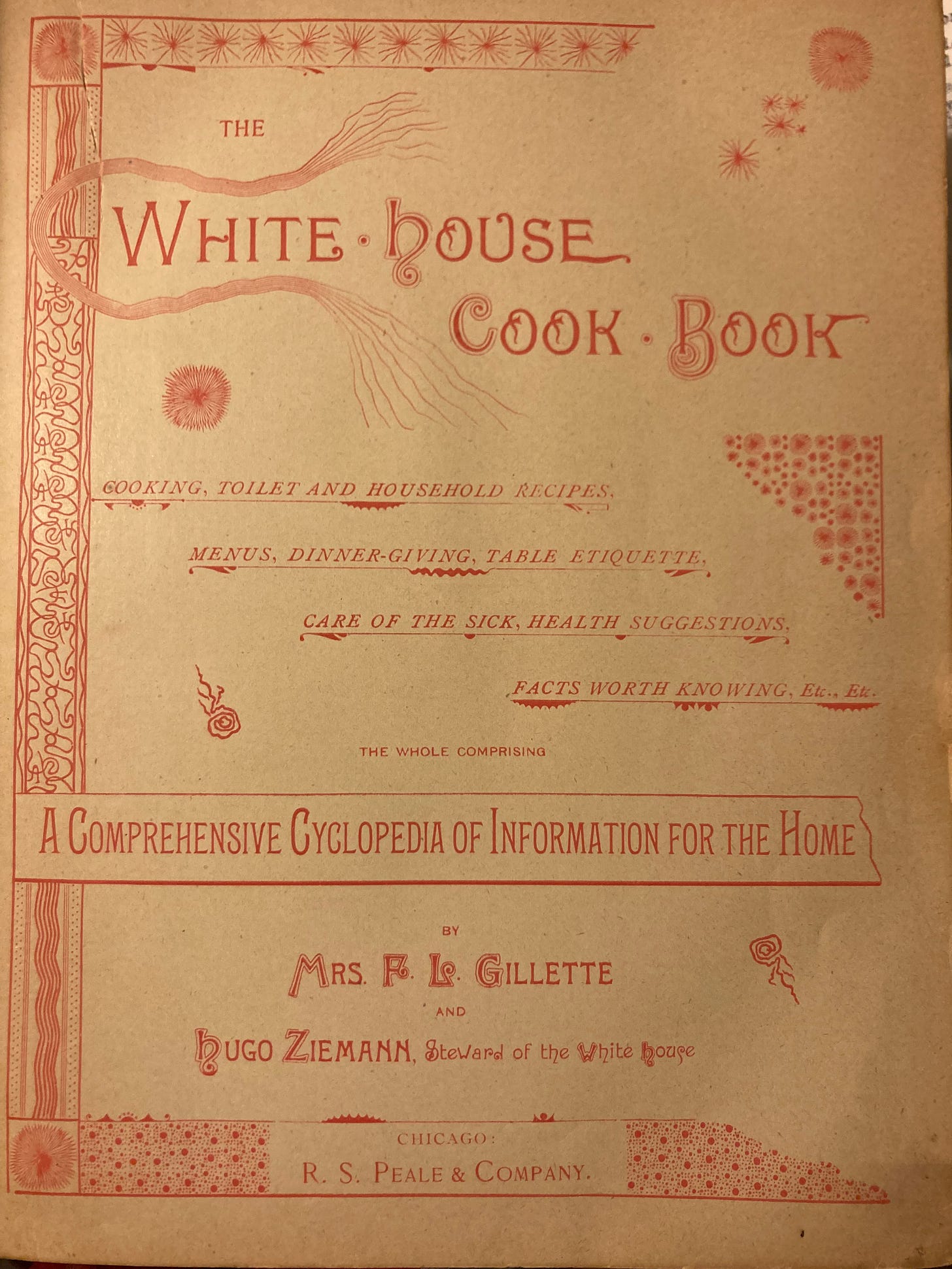

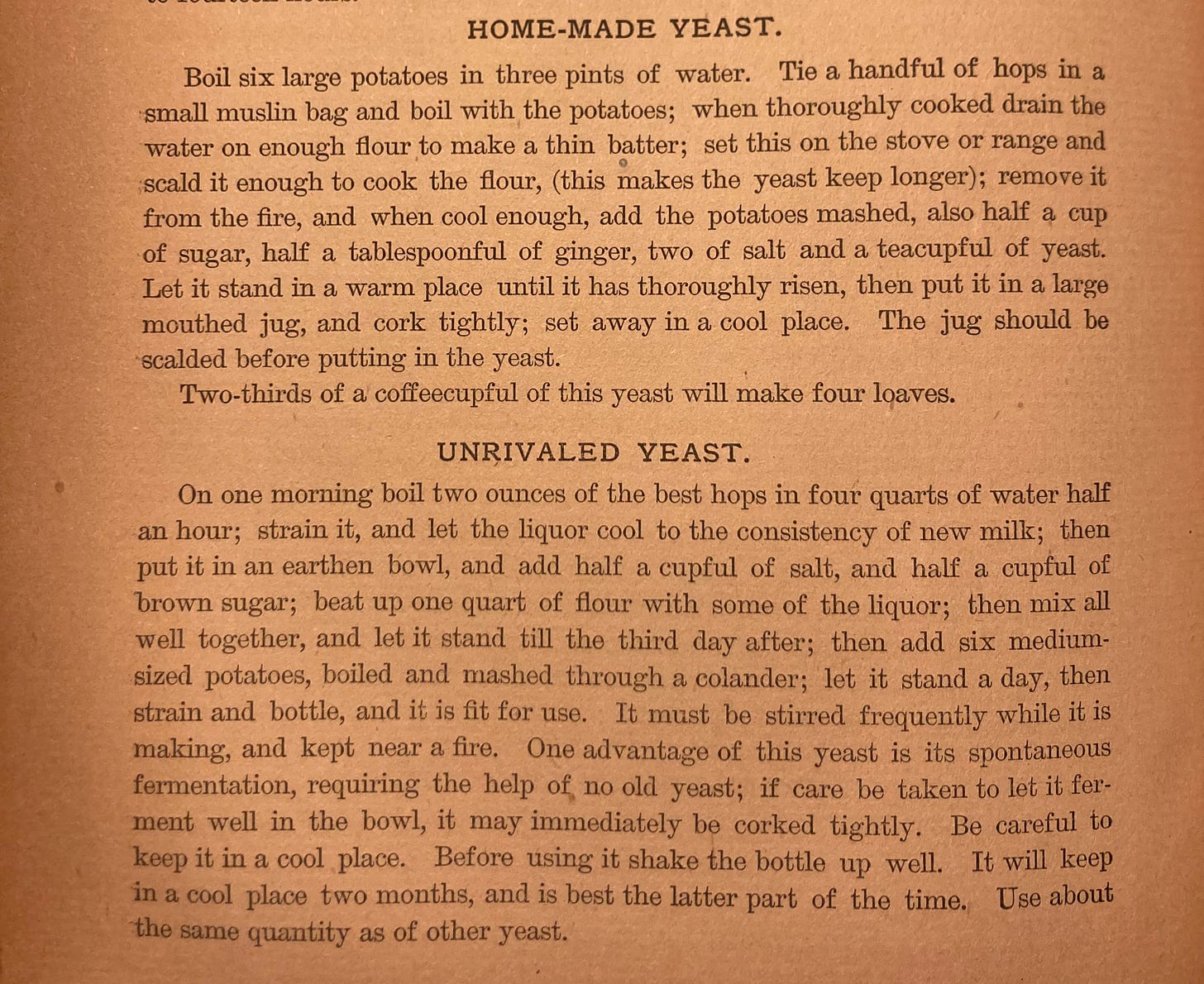
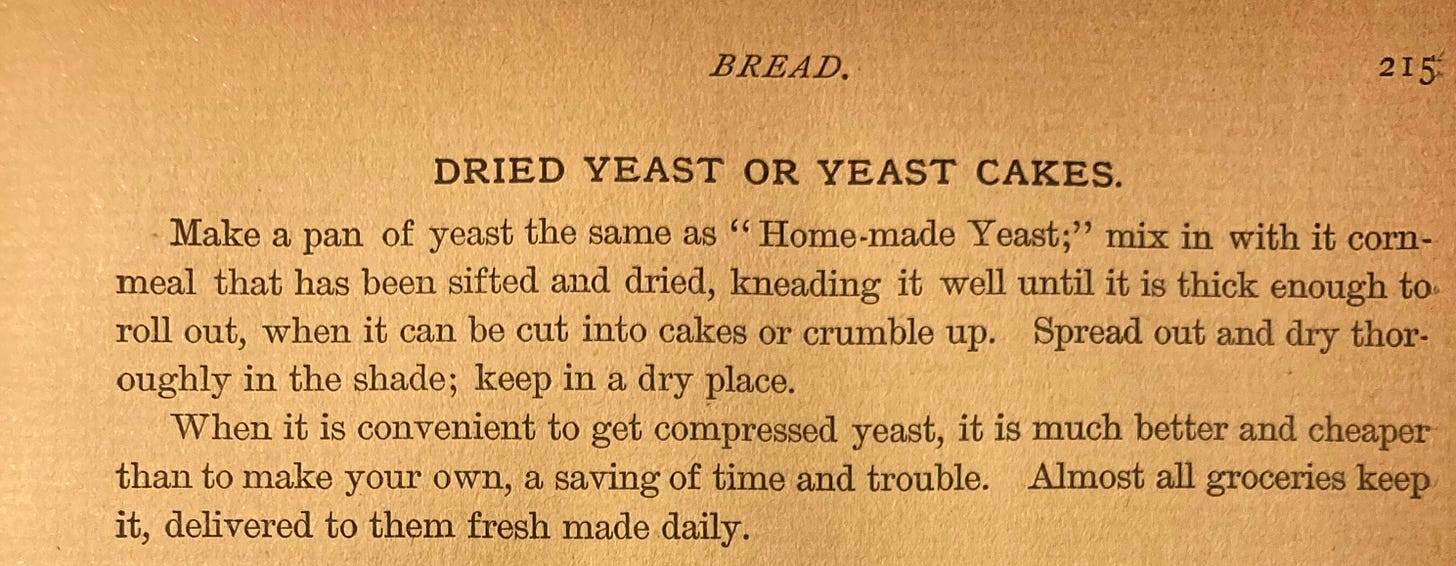
So interesting, make me wonder if there any muster / election cake recipes in the UK
Wow! Loved the description of making yeast!